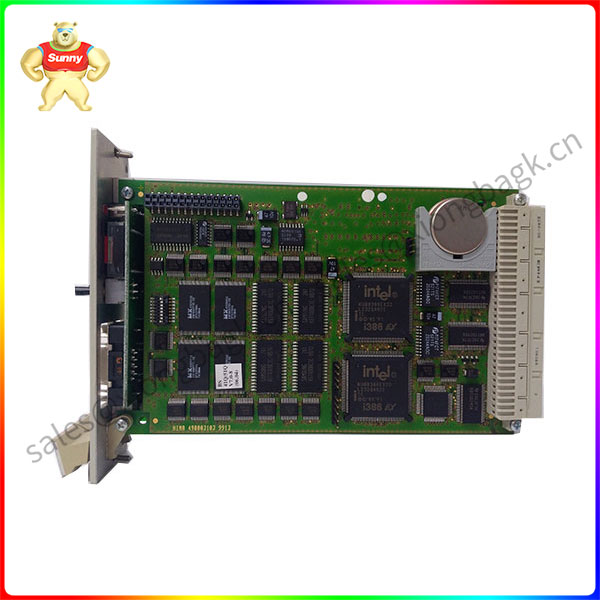The bus entered the factory of Tianjin Jinrong Tianyu Precision Machinery Co., LTD. (hereinafter referred to as “Jinrong Tianyu”), and rows of rooftop photovoltaics were working in the sunny day. On August 3, the Beijing News shell finance reporter visited Schneider (Beijing) Medium Voltage & Low Voltage Electric Co., Ltd. and Jinrong Tianyu, the core partner of Schneider Electric supplier “Zero Carbon Plan”.
Carbon neutrality is a systematic project that requires close collaboration across the ecological chain. In 2021, Schneider Electric launched the Supplier Zero Carbon Program, which aims to help the world’s top 1,000 major suppliers reduce the carbon emissions generated by their operations by 50% by 2025, including 230 core suppliers in China.
As of July this year, Schneider Electric has helped its global suppliers reduce carbon emissions by an average of 20%. It is worth mentioning that the carbon reduction results of Chinese suppliers are particularly significant, with an average carbon reduction of 21%, slightly higher than the global level.
Zhao Hong, co-director and president of Jinrong Tianyu, told the Beijing News Shell financial reporter that in the rapid development of electric vehicles today, in order to reduce the overall weight and fuel consumption of vehicles, the demand for lightweight materials in the automotive industry is increasing.
For example, the stamping industry can seek to use more environmentally friendly lightweight materials, such as high-strength steel, aluminum alloy and composite materials, to replace traditional heavy metals, and the use of advanced digital simulation technology in mold research and development design can optimize product design, reduce material waste, and improve the cost competitiveness of products. “All these bring more business opportunities for Jinrong.”
Upstream and downstream to produce more carbon emissions to reduce carbon also need the circle of friends to work together
The reporter first came to the so-called “zero carbon factory” Schneider (Beijing) Medium voltage & Low voltage Electrical Appliance Co., LTD., here only in the use of clean energy has installed the company’s largest photovoltaic project, to achieve the 
However, carbon emissions have broken through the boundaries of the system, and the green low-carbon transformation of enterprises comes more from the pressure of the supply chain, and the carbon emissions generated by the upstream and downstream are often more than themselves. In the case of Schneider Electric, carbon emissions from its own factories account for only 10% of the total supply chain, while 90% of carbon emissions come from upstream and downstream. Therefore, companies must incorporate key processes throughout the industry chain into their planning, including energy use, raw material selection, product manufacturing, transportation, use and recycling to truly achieve carbon neutrality.
Gong Jianfeng, vice president of procurement for Schneider Electric Global Supply Chain China, told reporters: “Schneider Electric has strengthened the overall competitiveness of the supply chain through the supplier ‘Zero carbon program’. We look forward to helping 1,000 suppliers achieve the 50% carbon reduction target by 2025, and building on this, we will further develop green strategies to empower the end-to-end supply chain and the broader ecosystem for more comprehensive and efficient sustainable development.”
Gong Jianfeng introduced that at the beginning of the “Zero carbon plan”, the vast majority of suppliers evaluated their green and low-carbon development as “initial stage” in the questionnaire. Today, most suppliers are at the stage of strategic planning or action.
Speaking of specific support, in terms of technology and resources, he said that Schneider Electric has provided carbon reduction path planning, carbon emission statistical tools, hardware and software solutions, etc., to help suppliers optimize production operations, improve efficiency and reduce carbon, and truly embark on the road of “sustainable” green low-carbon transformation.
In terms of resource support, he introduced that Schneider Electric shares third-party resources and experience with suppliers, including green electricity and green certificate procurement opportunities, and also provides CDP carbon emission declaration, consulting certification and other opportunities for suppliers, and has opened more than 10 online courses to provide regular training for suppliers.
According to Gong Jianfeng, Schneider Electric aims to achieve carbon neutrality in the end-to-end value chain by 2040; Achieve net zero carbon emissions across the end-to-end value chain by 2050. “Our core suppliers, including Jinrong Tianyu, are an important part of our end-to-end carbon reduction and an indispensable force in achieving our carbon reduction commitment.”
The development of zero carbon friends circle Jinrong Tianyu carbon reduction reduction of more than 20%
Jinrong Tianyu shares its green experience through the “Zero Carbon Plan”.
Today, Jinrong Tianyu has deployed rooftop photovoltaics, smart lighting systems, and energy storage systems. Sun Xingwen, co-founder and chairman of Jinrong Tianyu, introduced to reporters that the company uses EMS energy management system to carry out system integration and visual display of information such as lighting, HVAC, power transformation and distribution, equipment energy consumption, etc., to achieve online monitoring of equipment, remote operation and maintenance of substation unattended by clairye subsystem, and the whole life cycle management of panenergy equipment and facilities.
 中文版
中文版




